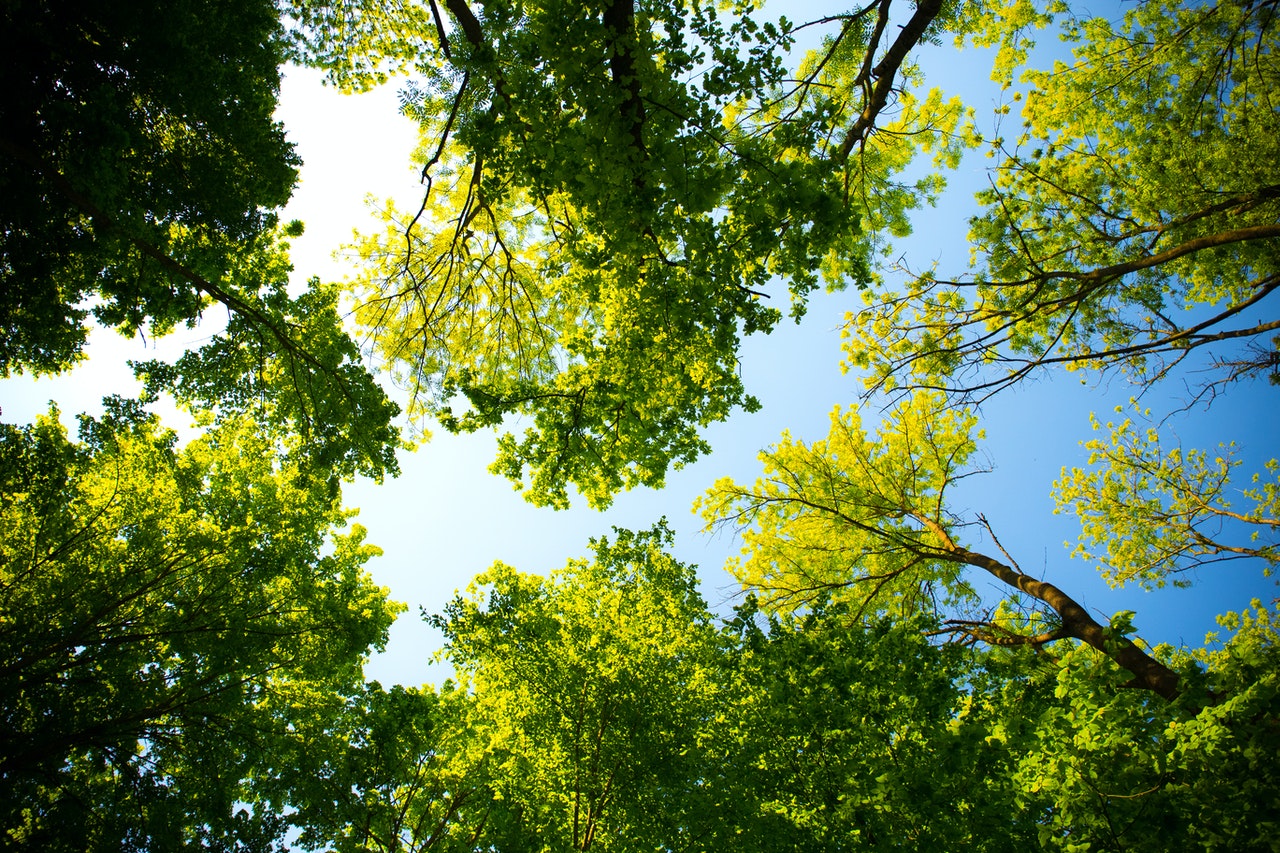
It’s common knowledge that trees increase a property's value and reduce noise pollution, but they do so much more. They also provide environmental benefits, such as providing shade, adding to the ecological biodiversity, and keeping air and water clean.
Some trees are better at this than others. Each time you plant a tree, though, you’re helping the environment in some way.
Environmental Considerations
Planting trees is one of the easiest and cheapest ways to remove Co2 from our atmosphere. They work around the clock to clean the air and water.
The rise of greenhouse gas emissions makes it clear that more trees are needed. By cleaning the air we breathe, trees significantly decrease minute and potentially dangerous particles. This is a major benefit to any area, but is especially impactful in cities and suburbs.
Trees to Plant Near Your Home
Trees do a magnificent job at reducing pollutants entering the ecosystem. As they grow, they absorb and store carbon dioxide — a primary component of global warming and climate change. Plus, trees provide shade, which encourages energy efficiency and outdoor living.
When you plant a tree near your home, you want to choose one that benefits your landscaping to boost curb appeal and help the environment at the same time. Additionally, it’s crucial to find one with noninvasive roots and minimal cleanup. They will be less likely to cause problems with sidewalks, pipes or your home.
Here are a few examples of the best trees to plant for environmental benefits right next to your home:
- Crabapple: The crabapple is a hardworking tree and is often a gardener’s favorite. They add beauty to your yard and are great for helping pollinate other plants and trees. Their fruits and blossoms attract wildlife, creating a unique, biodiverse environment that is crucial for a healthy environment.
- Japanese maple: Japanese maple trees are popular in landscaping. They’re easy to grow and come in various shades and sizes, and they can thrive almost anywhere. Their roots can filter through runoff, and the tree is highly resistant to diseases.
- Flowering dogwood: Like the crabapple, the flowering dogwood attracts wildlife, making for a biodiversity hotspot wherever planted. It’s also native, which means it can grow in nearly any climate.
A unique environmental benefit of the dogwood is its role in the calcium cycle. Throughout the year, it filters in calcium from the soil. When leaves fall in autumn, the calcium stored in them can go to the rest of the animals and plants surrounding the tree.
- Weeping willow: The weeping willow is another excellent tree to plant. It does best in wetter areas, so if your home is prone to flooding or is near a river, this is the tree for you. Weeping willows help prevent erosion and build soil structure. Plus, their lush leaves provide a wealth of shade, which can help reduce energy costs for your home by keeping it cool in the summer and warm in the winter. It has a high potential for carbon sequestration.
- Tulip tree: The tulip tree, also known as the yellow poplar, is one of the top trees for taking in carbon dioxide. It’s hardy and can grow in most climates. Additionally, they grow tall and provide plenty of shade for homes, which improves energy efficiency. It’s also an excellent option for facilitating cleaner water.
Picking a Tree for Your Yard
You should consider many factors when selecting a tree, such as size, hardiness and safety. It is also important to look into what you want the tree to look like. Hardwoods tend to live longer but take more time to grow. If you are looking to establish shade quickly or enjoy a beautiful range of flowers, go with a softwood tree.
If you plant the tree near the home, consider what shade it will produce and strategically place it. Another good practice is to plant taller trees farther away and small to medium trees closer. This ensures protection in case of a fallen tree.
Think about what area you are in and what trees can survive there. It might seem like common knowledge, but many trees are chosen for looks rather than traits.
Happy Trees, Happy Planet
Whether you want to plant a tree to enjoy flowers, shade your home or create privacy, there is no better time than now. Planting a tree has so many health benefits. A blossoming tree can make someone smile, and standing underneath one on a hot day can bring relief.
Let’s not forget the environmental benefits of trees: cleaning the air, providing clean water and helping the planet. If you are interested in planting a tree, these tips should help you determine what is best for you and the environment.
Written by Evelyn Long
About the Author
Evelyn Long is the editor-in-chief of Renovated, where she publishes home improvement and green building advice for builders and homeowners alike.
You may also like
A Beginner's Guide To Living A Sustainable Lifestyle
5 Alternatives to Driving Your Car Everywhere
Eco-Friendly Spring Maintenance For Your Home
A Guide for Homeowners: 3 Easy Ways to Bring the Outdoors Inside
